Getting ready for a CMMC Certification Assessment can feel like packing for a trip you’ve never taken. You’ve got your checklist, but some of the most important items are tucked away in the fine print. To stay on track and stress-free, having the right documentation ready from the start makes all the difference—especially when the assessment team comes knocking.
System Security Plan Outlining Cyber Defense Protocols
A well-written System Security Plan (SSP) is the backbone of your CMMC Level 2 Assessment. Think of it as the storybook of your organization’s cybersecurity framework—who’s doing what, where, and how. It should clearly explain how your systems protect Controlled Unclassified Information (CUI), including network structure, user responsibilities, and implemented security measures. Without a complete SSP, CMMC assessors will have a hard time understanding your security environment.
Many businesses think an SSP is just a formality, but during a CMMC audit, it becomes one of the most scrutinized documents. It’s where assessors look first to see how your policies match actual implementation. If something’s missing, unclear, or outdated, it raises flags that could delay your CMMC Certification Assessment. Make sure your SSP isn’t just a document—it should reflect what’s happening day to day in your systems.
Incident Response Records Demonstrating Timely Actions
Incident response doesn’t start with a breach—it starts with your plan. But just as important as the plan itself are the records of past incidents. During a CMMC Level 2 Certification Assessment, assessors want to see that your team knows how to act when things go sideways. These logs should show clear documentation of detected incidents, response actions, containment steps, and recovery timelines.
Don’t overlook minor security events. Even small phishing attempts, system alerts, or access anomalies should be documented. This shows your ability to detect threats early and respond fast. Well-maintained records help demonstrate maturity in your incident response process and prove to assessors that your security operations don’t just exist on paper. These records are more than logs—they tell the story of how your business handles real-world cybersecurity threats.
Access Control Logs for Precise User Management
Controlling who has access to what—and when—is a big deal during a CMMC Certification Assessment. That’s why access control logs are key. These logs show which users accessed specific systems or data and whether those actions aligned with their job roles. It helps prove that you’re applying the principle of least privilege and actively managing user permissions.
What assessors are really looking for is consistency. If your CMMC assessment guide outlines strict access policies, your logs need to back that up. Unexpected admin access or outdated user accounts can spark questions you don’t want during your CMMC audit. Keeping these logs clean, detailed, and regularly reviewed shows that you’re serious about data protection and account control. It’s not just about who logs in—it’s about knowing when, where, and why.
Detailed Risk Assessment Reports Illustrating Compliance
Risk assessments tell the bigger story—where the threats are, what’s been done about them, and how your business is managing risk today. For a CMMC Level 2 Assessment, assessors expect to see current, detailed reports that go beyond generic findings. They’re looking for specific insights tied to your network and operational environment, including gaps identified, plans to address them, and any progress made.
A solid risk assessment report includes both technical risks and organizational challenges. Maybe your remote work policy created new vulnerabilities, or maybe outdated hardware increased exposure. These reports should reflect ongoing efforts, not just a one-time review. Assessors appreciate seeing honest evaluations that lead to actual improvements. When your documentation shows you’ve taken time to understand your risks and act on them, you’re on the right track to certification.
Asset Inventory Documentation Covering Critical Infrastructure
If your business doesn’t know what it has, it can’t protect it. That’s why a thorough asset inventory is non-negotiable during a CMMC Level 2 Certification Assessment. This document should list every device, application, and cloud service used to store, transmit, or process CUI. It’s not just about counting assets—it’s about understanding how each one fits into your security posture.
A complete asset inventory should include details like IP addresses, owners, physical location, system purpose, and classification. This helps assessors connect your cybersecurity practices to the actual environment they’re protecting. It also supports other documents—like your SSP and risk assessments—by ensuring everything aligns. Skipping this step or treating it casually puts your entire CMMC Consulting effort at risk. Think of it as your security roadmap; if anything’s missing, the whole route becomes unclear.
Audit and Accountability Logs Tracking Cybersecurity Activities
Audit logs aren’t just for IT teams—they’re central to proving your organization is secure and accountable. These logs track activity across your systems, from logins and file access to changes in configurations. For a CMMC audit, these records help show whether user behavior aligns with approved policies. They also help demonstrate the organization’s ability to detect and investigate suspicious activity.
More than just collecting logs, your team should be actively reviewing them. Assessors want to know if alerts are followed up on, if anomalies are flagged, and if there’s a clear process in place for escalation. CMMC Consulting experts often stress that accountability is just as important as prevention. If your audit logs are well-maintained and regularly reviewed, they reflect a culture of cybersecurity awareness—exactly what assessors are hoping to see.

